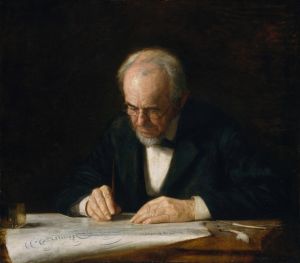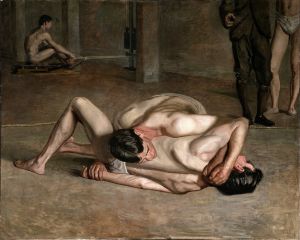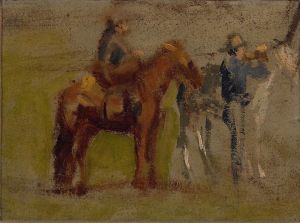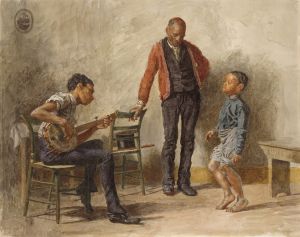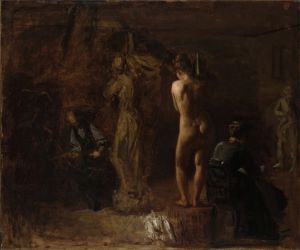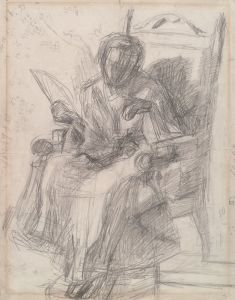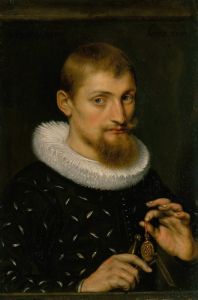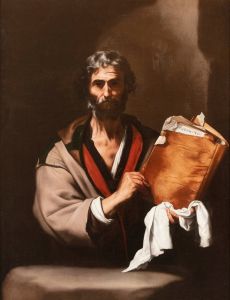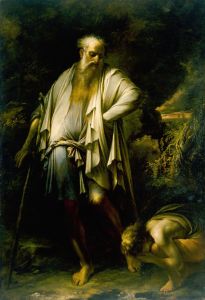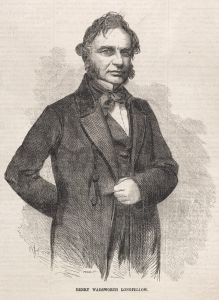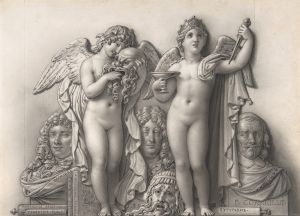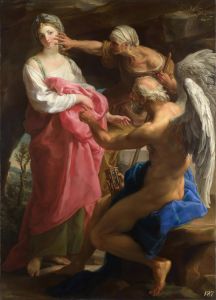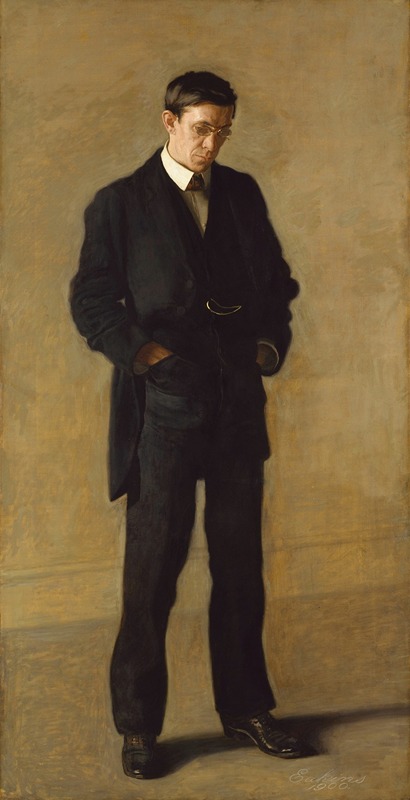
The Thinker; Portrait of Louis N. Kenton
A hand-painted replica of Thomas Eakins’s masterpiece The Thinker; Portrait of Louis N. Kenton, meticulously crafted by professional artists to capture the true essence of the original. Each piece is created with museum-quality canvas and rare mineral pigments, carefully painted by experienced artists with delicate brushstrokes and rich, layered colors to perfectly recreate the texture of the original artwork. Unlike machine-printed reproductions, this hand-painted version brings the painting to life, infused with the artist’s emotions and skill in every stroke. Whether for personal collection or home decoration, it instantly elevates the artistic atmosphere of any space.
"The Thinker: Portrait of Louis N. Kenton" is an oil painting created by the American artist Thomas Eakins in 1900. Eakins, known for his realistic portrayal of human figures and his dedication to capturing the essence of his subjects, was a prominent figure in American art during the late 19th and early 20th centuries. This particular work is a testament to his skill in portraiture and his interest in depicting the intellectual and psychological depth of his subjects.
The painting features Louis N. Kenton, who was Eakins' brother-in-law. Kenton is portrayed as a thoughtful and introspective figure, which is suggested by the title "The Thinker." Eakins' choice to depict Kenton in this manner reflects his interest in exploring the inner lives of his subjects, a theme that recurs throughout his body of work. The composition of the painting is simple yet effective, focusing on Kenton's contemplative expression and posture, which convey a sense of introspection and intellectual engagement.
Eakins' technique in this painting is characteristic of his broader approach to art. He employs a realistic style, with careful attention to detail and a subdued color palette that enhances the somber and reflective mood of the piece. The use of light and shadow is particularly noteworthy, as it adds depth to the figure and highlights the textures of the clothing and skin. This meticulous attention to detail is a hallmark of Eakins' work and contributes to the lifelike quality of his portraits.
The background of the painting is understated, ensuring that the viewer's attention remains focused on Kenton. This minimalist approach to the setting is typical of Eakins' portraits, where the emphasis is placed on the subject rather than the surroundings. The simplicity of the background also serves to enhance the contemplative nature of the portrait, allowing the viewer to engage more fully with the subject's expression and demeanor.
"The Thinker: Portrait of Louis N. Kenton" is part of Eakins' broader exploration of the human condition, where he sought to capture not just the physical likeness of his subjects but also their psychological and emotional states. This painting, like many of Eakins' works, reflects his commitment to realism and his belief in the power of art to convey complex human experiences.
Throughout his career, Eakins faced both acclaim and controversy, often pushing the boundaries of traditional art with his unflinching realism and willingness to tackle challenging subjects. Despite facing criticism during his lifetime, his work has since been recognized for its significant contributions to American art. Today, Eakins is celebrated as one of the foremost American painters of his time, and "The Thinker: Portrait of Louis N. Kenton" remains an important example of his artistic legacy.
The painting is housed in the Metropolitan Museum of Art in New York City, where it continues to be appreciated by art enthusiasts and scholars alike. It stands as a testament to Eakins' skill as a portraitist and his ability to capture the nuanced complexities of human thought and emotion.





